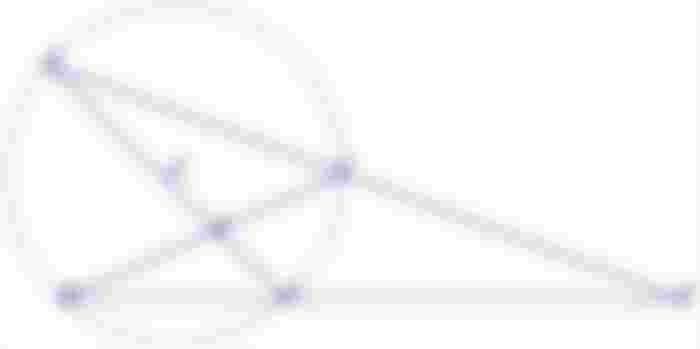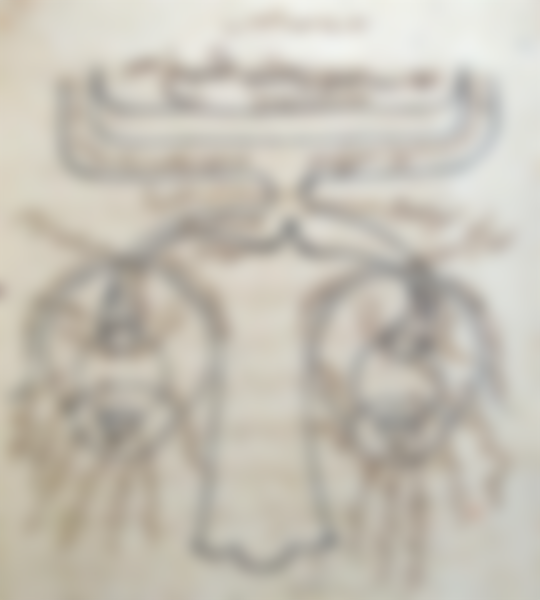This is the 'million dollar question' that preachers usually ask people whom they percieve to be 'lost' or require guidance. It is a way of inquiring from the one being questioned to find out if they have embraced salvation. In other situations not related to religion, it elicits a response of being in the know of the actual facts of a matter or the truth. The choice of title is borne out of the fact that the modern scientific understanding or perception of the concept of light and indeed vision was conceptualized centuries ago via the efforts of some individuals who literally saw the light.
This article is a continuation of the secret scientists series where I have attempted to credit some personalities in the world of science who have remained in the dark for quite some time. I say remained in the dark because more often than not their efforts which helped illuminate the path of mankind at a time of literal darkness get little or no recognition. In the final installment of the series I will be writing about a character who illuminated the path for the study of optics as we know it today.
His full name is Abu Ali Al-Hasan Ibn Al-Haytham. He is known in the West by the latizined form of his name Alhazen. He was born in 965 CE in Basra (Iraq) and died in Cairo (Egypt) in 1040 CE.
He was one of the pioneers in the field of optics. Due to the prominent role some of his works have played in influencing and forming the basis for the field of today's optics, he is often referred to as the 'Father of Optics'. He was dubbed the father of optics in 2015 by UNESCO through Irina Bokova who was its Director General at that time. 2015 was declared the international year of light by UNESCO. This recognition was a celebration of his contributions to optics, mathematics and astronomy.
Contributions to Optics and other areas of knowledge
He was able to prove that light travels in straight lines with experiments. He also experimented with mirrors, lenses , reflection and refraction.
He produced a working model of the pinhole camera (Camera Obscura). He was able to observe a partial solar eclipse with the aid of his pinhole camera. He stated that the image of the sun during the occurrence of a partial eclipse was a demonstration of the fact that when light passes through a narrow , round hole and is cast on a plane opposite to the hole, it takes the shape of a moonsickle.
He explained vision from the perspective of optics. He stated that vision takes place when light reflects from and object and thereafter passes to one's eyes. He further demonstrated that vision occurs in the brain rather than in the eyes . It is reported that he studied how sight occurs, eye structure, formation of images in the eye and indeed the visual system.


Based on the empirical method conceptualized by Aristotle he pioneered what is referred to today as the modern scientific method wherein experimentation is a key requirement for verifying theories or hypothesis based on procedures that can be confirmed or mathematical evidence.
His Works
His most prominent work is Kitab al-manazir ( the book of optics) which details his works on the vision, laws of reflection and retraction as well as angles of incidence and deviation. It also stated how conic sections was used to solve the challenge of determining the point of reflection from a plane or curved surface.

Some of his other works on optics include;
Al-hala wa qaws quzah (on the halo and the rainbow)
Surat al-kusuf (on the shape of the eclipse); this work has some discourse on the pinhole camera
Daw al-qamar (ok the light of the moon).
Al-daw (a discourse on light).
He also has publications in other fields outside optics such as
Hall shukuk fi kitab Uqlidis (Solution to the difficulties of Euclid's elements
Sharh musadarat (commentary on the premises of Euclid's elements)
Maqala fi tamam Kitab al-makhruhat (completion of the comics)
Hay'at al 'alam (On the configuration of the world)
This piece was an attempt to shed some light on the source on which the basis of modern optics was built. I truly hope that you have seen the light that Ibn Al-Haytham shed on the path for scientists in the field of optics.
Shukran
Danke
Merci
Gracias
ขอบคุณ
ধন্যবাদ
Спасибо
for reading.
To read further about Ibn Al-Haytham please see the reference links below:
https://www.britannica.com/biography/Ibn-al-Haytham
https://www.ibnalhaytham.com/
https://en.wikipedia.org/wiki/Ibn_al-Haytham#Engineering




